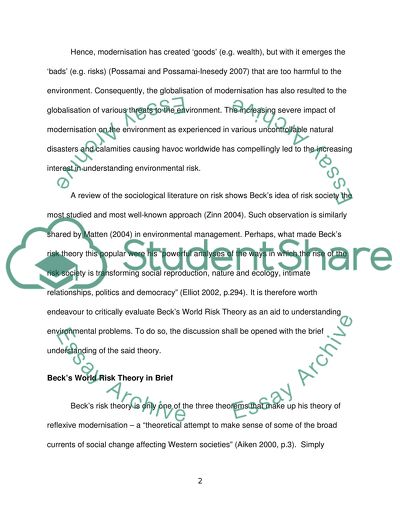Cite this document
(“Critically evaluate Beck's Risk socitey Thesis as an aid to Essay”, n.d.)
Critically evaluate Beck's Risk socitey Thesis as an aid to Essay. Retrieved from https://studentshare.org/sociology/1490266-critically-evaluate-beck-s-risk-socitey-thesis-as
Critically evaluate Beck's Risk socitey Thesis as an aid to Essay. Retrieved from https://studentshare.org/sociology/1490266-critically-evaluate-beck-s-risk-socitey-thesis-as
(Critically Evaluate Beck'S Risk Socitey Thesis As an Aid to Essay)
Critically Evaluate Beck'S Risk Socitey Thesis As an Aid to Essay. https://studentshare.org/sociology/1490266-critically-evaluate-beck-s-risk-socitey-thesis-as.
Critically Evaluate Beck'S Risk Socitey Thesis As an Aid to Essay. https://studentshare.org/sociology/1490266-critically-evaluate-beck-s-risk-socitey-thesis-as.
“Critically Evaluate Beck'S Risk Socitey Thesis As an Aid to Essay”, n.d. https://studentshare.org/sociology/1490266-critically-evaluate-beck-s-risk-socitey-thesis-as.


